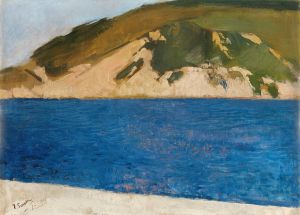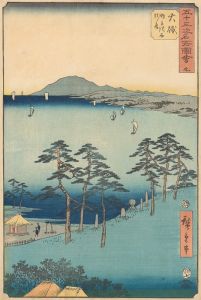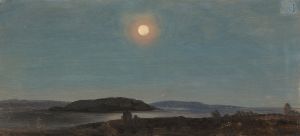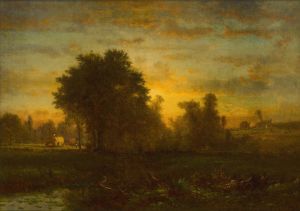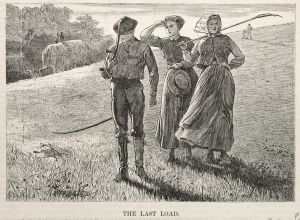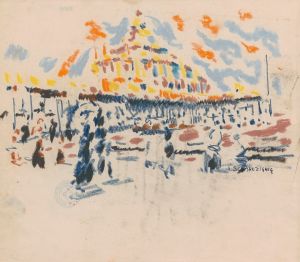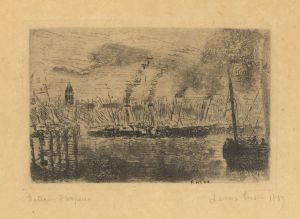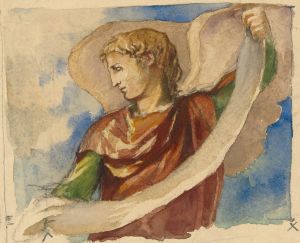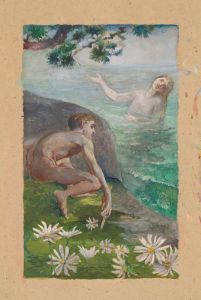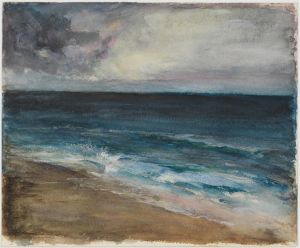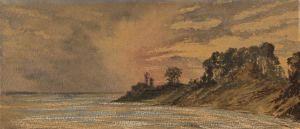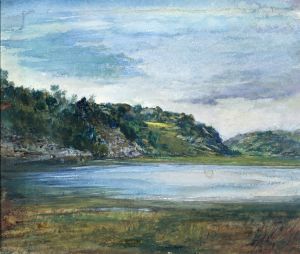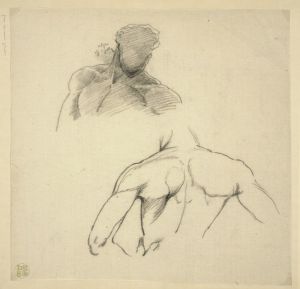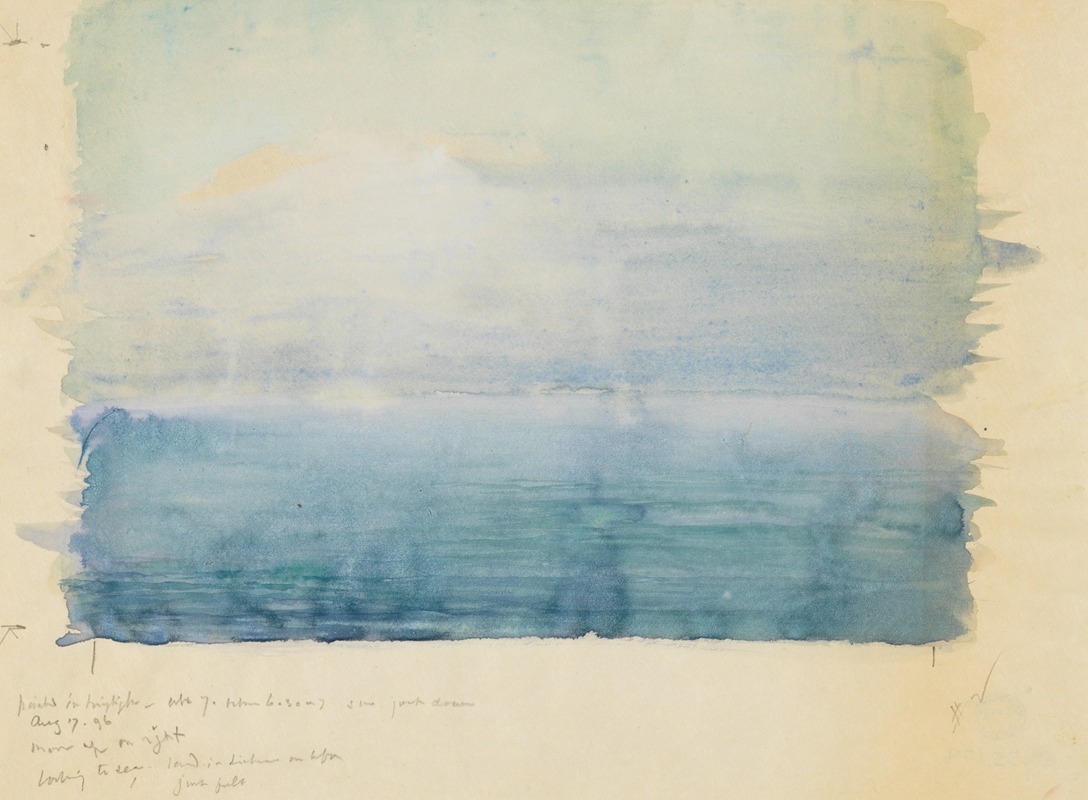
Bar Harbor, Twilight
A hand-painted replica of John La Farge’s masterpiece Bar Harbor, Twilight, meticulously crafted by professional artists to capture the true essence of the original. Each piece is created with museum-quality canvas and rare mineral pigments, carefully painted by experienced artists with delicate brushstrokes and rich, layered colors to perfectly recreate the texture of the original artwork. Unlike machine-printed reproductions, this hand-painted version brings the painting to life, infused with the artist’s emotions and skill in every stroke. Whether for personal collection or home decoration, it instantly elevates the artistic atmosphere of any space.
"Bar Harbor, Twilight" is a painting by the American artist John La Farge, known for his contributions to the American art scene in the late 19th and early 20th centuries. La Farge was a versatile artist, recognized for his work in painting, stained glass, and writing. His artistic endeavors were marked by a deep interest in color and light, which is evident in his landscape paintings.
John La Farge was born on March 31, 1835, in New York City. He was initially trained as a lawyer but soon turned to art, studying under the tutelage of notable artists such as William Morris Hunt. La Farge's career spanned several decades, during which he became known for his innovative use of color and his ability to capture the subtleties of light. His work often reflected his travels and his interest in different cultures, particularly those of Asia and the South Pacific.
"Bar Harbor, Twilight" exemplifies La Farge's skill in capturing the atmospheric effects of light during the transitional time of day. Bar Harbor, located on Mount Desert Island in Maine, was a popular destination for artists and tourists alike during the late 19th century. The region's natural beauty, with its rugged coastline and serene landscapes, provided ample inspiration for artists seeking to capture the essence of the American wilderness.
In "Bar Harbor, Twilight," La Farge employs a delicate palette to convey the tranquil and ephemeral quality of twilight. The painting likely depicts the subtle interplay of colors as the day transitions into night, a theme that La Farge explored in many of his works. His approach to painting was often characterized by a focus on the effects of light and atmosphere, rather than on detailed representation. This emphasis on mood and color over precise detail aligns with the broader trends of the American Impressionist movement, although La Farge's work is often considered unique and not easily categorized within a single artistic movement.
La Farge's contributions to art extended beyond his paintings. He was also a pioneer in the field of stained glass, developing techniques that allowed for greater color variation and depth. His innovations in this medium had a lasting impact on the field and influenced many artists who followed.
Throughout his career, La Farge received numerous accolades and held several prominent positions, including serving as the president of the National Society of Mural Painters. His work was exhibited widely, and he was respected both in the United States and abroad.
"Bar Harbor, Twilight" remains an important example of La Farge's ability to capture the beauty and complexity of natural light. While specific details about the painting's creation and current location may not be extensively documented, its significance lies in its representation of La Farge's artistic vision and his contribution to American art. The painting continues to be appreciated for its aesthetic qualities and its place within the broader context of La Farge's oeuvre.





